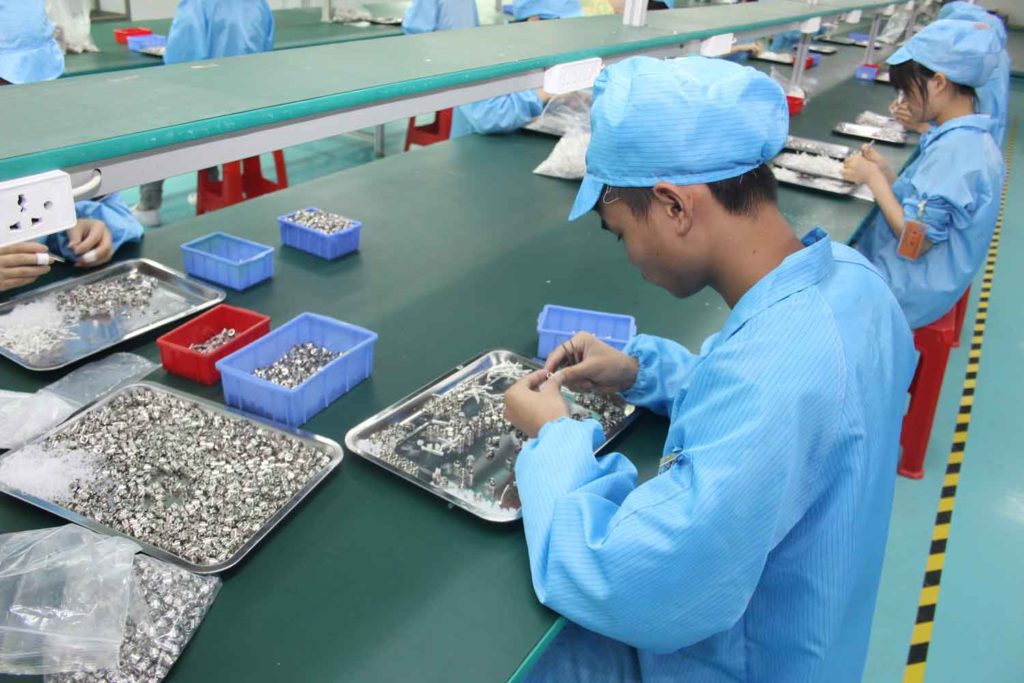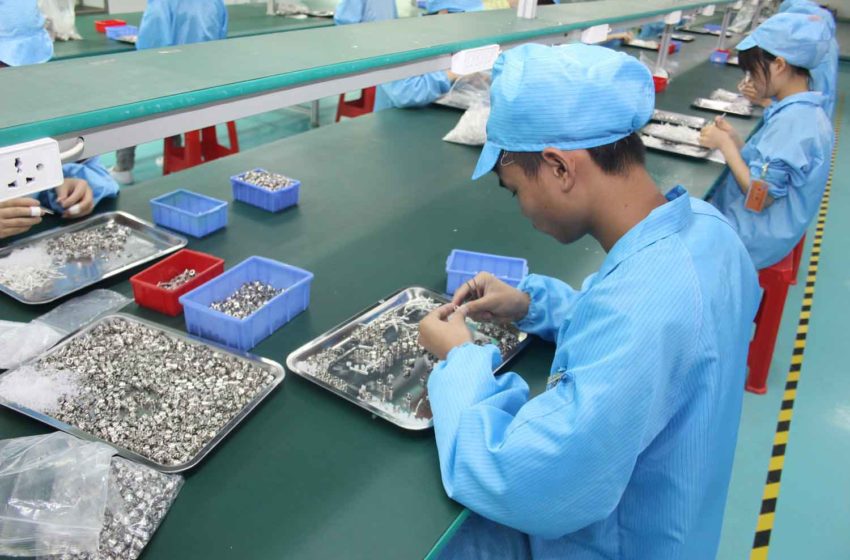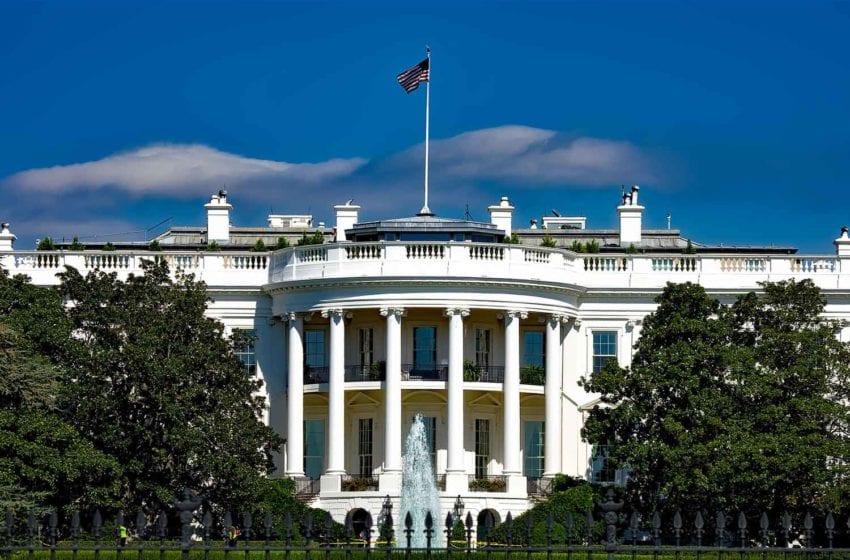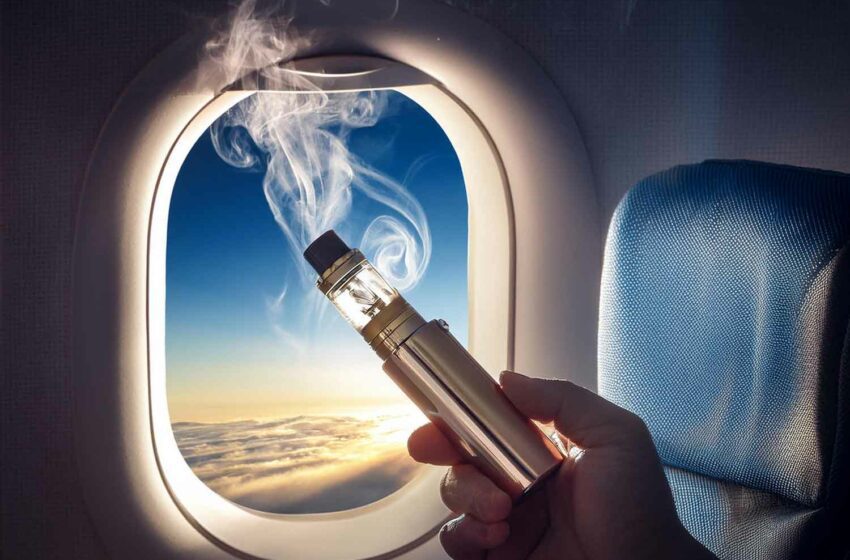
China’s tobacco monopoly asserts its authority over vapor products.
By George Gay
It is wise to take seriously the warning that you should be careful what you wish for.
At the Global Tobacco and Nicotine Forum (GTNF) in London in September, which was held about six months after new vaping industry regulations had been publicly mooted in China, one speaker told those listening how vaping industry regulations were overdue, necessary and to be welcomed. At the time, I assumed this welcome was predicated on the belief that the regulations would be beneficial—that they would allow the industry to grow in a stable way and, in doing so, serve the interests of the businesses involved, smokers wanting to quit their habit, and society at large while, at the same time, helping to remove from the industry cowboy operators and substandard products.
Things have moved on since then. The regulations, formulated by the State Tobacco Monopoly Administration, were foreshadowed at the end of 2021, published in March 2022, became effective from May and are due to come fully into force in October.
The question is: Are the regulations beneficial? I would say they are far from ideal, but then ideal would probably have been an ambition too far. Looking on the bright side, they are better than a ban, as has been introduced in Hong Kong and elsewhere, and, furthermore, given the considerable investment in these regulations and the systems necessary to operate them, unless some unforeseen catastrophe occurs, they seem to rule out a ban being introduced, at least in the short term to medium term. But they will undoubtedly rein in the country’s vaping industry—severely in some areas.
The rise of China’s vaping industry has been hugely impressive, and the future had held out the offer of phenomenal growth, but now, predictions must surely be revised downward, particularly in respect of the domestic market, probably much less so in respect of exports. But in taking stock of this situation, it is necessary to bear in mind the relative importance of the huge and so far largely untapped domestic market.
Domestic Sales Versus Exports
One of the provisions of the regulations that will likely have upset those businesses and consumers looking for beneficial outcomes, assuming consumers in China tend to prefer the sorts of vaping products most popular in other countries, is the ban on flavored products other than those with tobacco flavors. They are unlikely, too, to have been overjoyed by a ban on nicotine-free products.
On the other hand, the industry can take heart from the fact that products with flavors other than tobacco and those that are nicotine-free may be manufactured for export where such products do not conflict with the laws of the country of destination. Basically, export products must comply with the laws, regulations and standards of the destination country, though, where the country of destination does not have vaping regulations in place, export products will have to comply with China’s regulations.
This difference between the requirements for local and export products raises an interesting question. The ban on the sale of nontobacco flavored and nicotine-free vaping products in China seems to be based, at least in part, on the idea that products with these properties are the ones favored by young people, who should be discouraged or, where minors are concerned, banned from vaping. This seems to be an ethical stance, but it is difficult to see how, given such an ethical stance, exports of such products could be allowed, even to countries that do not ban them.
The regulation’s authors say, in translation, the “Measures for the Administration of Electronic Cigarettes” are being put in place in order “to further strengthen the supervision of new tobacco products such as e-cigarettes, regulate the market order, ensure the health and safety of the people, and promote the legalization and standardization of industrial governance in accordance with the Tobacco Monopoly Law of the People’s Republic of China, the Law of the People’s Republic of China on the Protection of Minors [and] the Regulations on the Implementation of the Tobacco Monopoly Law of the People’s Republic of China.” The regulations are said to cover the production, sale, transport, import and export, supervision and management of vaping products.
Market Order
There seem to be some curiosities in the regulations. From my reading, the regulators have gone down the U.S. route in deeming electronic cigarettes to be tobacco products, at least for the purposes of incorporating them under expanded tobacco laws. And while they refer to “vaping products,” they tend to refer to the use of these products as involving “smoking” rather than “vaping.” Having said that, I should point out that these are issues picked up by Western eyes from a translation of the regulations, which, unsurprisingly, have gone through a number of revisions.
One of the things that jumps out at a Westerner from the stated aims of the regulations is the idea of regulating “the order of the market.” China’s economic system is such that, in part, the regulations are concerned with supply-side matters whereas in much of the rest of the world, such considerations would not come into the picture. Elsewhere, the market is controlled, if that is the right word, by demand, so if it becomes oversupplied, prices fall and, eventually, companies go bust. Or that’s the basic theory. In reality, some companies are considered to be too “important” to fail and have to be bailed out by taxpayers.
The regulations aim to balance supply with demand through such mechanisms as setting production and sales targets, overseeing imports, controlling the expansion of companies, concentrating production sites, restricting product transport and overseeing wholesale and retail trading.
Some of these controls are to be exercised through the licensing and registration of existing and new manufacturers, wholesalers and retailers, and even the expansion of their operations, or other changes, including moves into the trading of imported products. One of the requirements for obtaining a license will be that the applicant has access to sufficient funds to carry out whatever enterprise it wants to engage in, which, along with certain other restraints, some observers believe will tend to favor the bigger companies and weed out smaller ones. Again, this weeding out of the smaller players seems to be following the U.S. route, though by using a registration requirement applied to the company rather than the product.
Big Versus Small
Whether you view such provisions as good or bad will probably depend on whether you are a small vaping industry operator in China likely to be driven out of business or a big one that will benefit from fewer competitors. Of course, if China is successful in using such a system to stabilize the market and ensure underfunded companies don’t go bust with all the social fallout such failures can cause, it will probably be seen to have done a good job. But there are clearly dangers in disadvantaging smaller businesses working within an industry that, because of its youth, is dependent on innovation for its success, commercially and socially.
In addition, the market will be closely controlled by “a unified national e-cigarette transaction management platform” through which manufacturers, wholesalers and retailers will have to process and record all their trading and transactions. Wholesalers wishing to trade in imported vaping products will have to obtain permission to do so, and the imported goods will have to comply with all local technical requirements and regulations and be sold, appropriately labeled, through the transaction management platform.
There are provisions in the regulations for dealing with counterfeit and inferior products and the infringement of intellectual property rights, including through the encouragement by rewards of people reporting cases of the illegal production and sale of vaping products.
The regulations will govern registered trademarks along with warnings and other messages applied to tobacco packaging, and they hold that e-cigarette advertising will be in line with tobacco advertising, which is consistent with their being regarded as tobacco products. E-cigarette exhibitions aimed at promoting such products are banned.
Sales of vaping products through “information networks” other than the transaction management platform are banned, as are sales through vending machines and sales to minors, with the onus being on retailers to check identity documents where the age of the would-be purchaser is in doubt.
The regulations will see the introduction of a product traceability system, and they will control the sites of retail outlets, including in respect of banning such outlets “around” schools. And they will provide for quality control through the inspection, testing, monitoring and evaluation of products under institutions set up to conduct technical reviews based on the submission of application materials, such as inspection and testing reports. Those engaged in production will be required to establish product quality assurance systems and be responsible for the quality of their products.
Meanwhile, in April, the State Administration for Market Regulation, the standards committee, published the national standards for electronic cigarettes (GB 41700-2022), which provides, among other things, details about the technical requirements for vaping products and relevant test methods, safety standards, permitted ingredients and nicotine levels and concentrations.
Encouragingly, some reports indicate that the newly regulated industry players will be encouraged to carry out vaping industry R&D in respect of raw materials, finished products and risk assessments, and that they will be encouraged to promote the application of green technology and other environmentally friendly practices.













